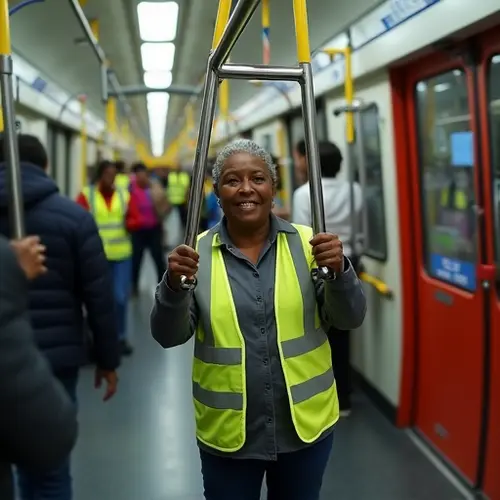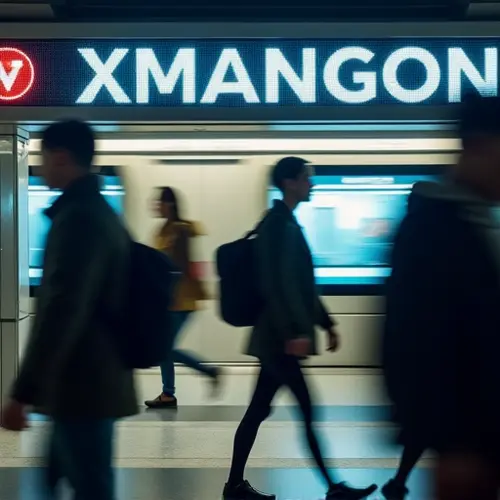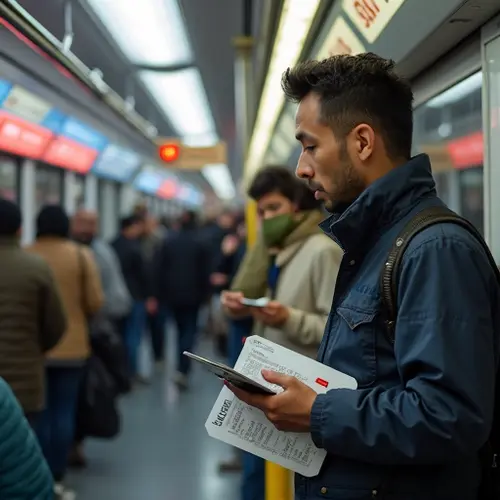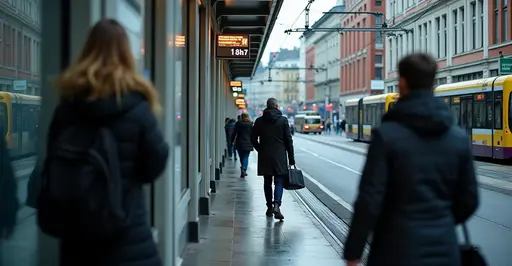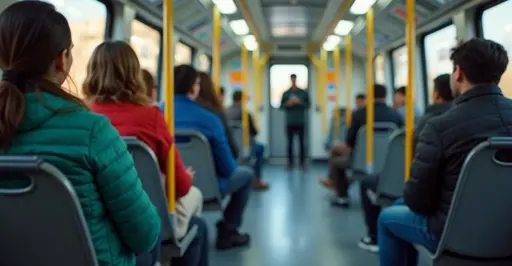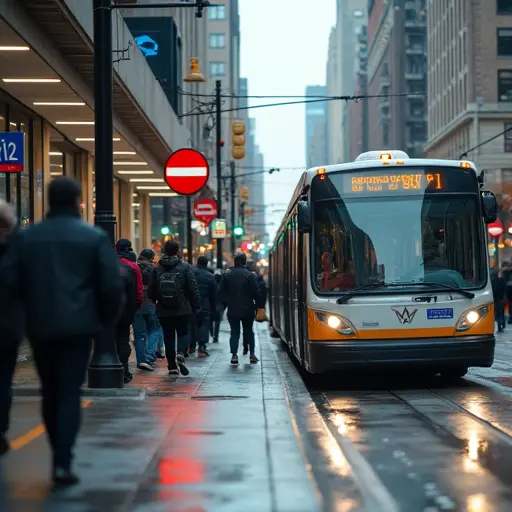
Commuter Shift After Tax Hikes
Major cities across the U.S. are seeing unprecedented surges in public transportation usage following recent fuel tax increases. Data from transit authorities shows ridership jumped 15-22% in Q1 2025 after states like New Jersey and Washington implemented gas tax hikes.
The Tax Domino Effect
New Jersey's 2.6¢ per gallon increase (effective Jan 2025) brings total gas taxes to 44.9¢/gallon. Washington state is debating even steeper hikes. "When gas prices jump $0.50 weekly, people reevaluate their commute," explains urban planner Dr. Marcus Chen. "We're seeing the biggest shift since the 2008 oil crisis."
Transit Systems Strain to Adapt
Transit agencies report:
- Bus ridership up 18% in metro areas
- Subway/train usage climbing 22% peak hours
- Park-and-ride facilities at 90% capacity
Environmental Silver Lining
The shift brings unexpected benefits:
- Traffic congestion down 12% in monitored cities
- Estimated 8% reduction in transport emissions
- Increased funding for transit upgrades via tax revenues
Challenges Ahead
Despite the boom, transit systems face aging infrastructure and staffing shortages. The American Public Transit Association warns sustained growth requires $50B in federal investment. "Ridership gains could reverse if service quality declines," cautions economist Fatima Nouri.
As fuel taxes continue rising through 2029, analysts predict public transport may become America's new commuting normal.

 Nederlands
Nederlands English
English Français
Français Deutsch
Deutsch Español
Español Português
Português



